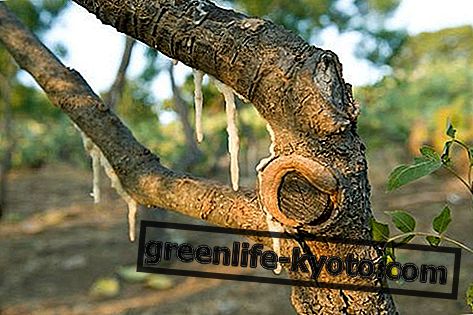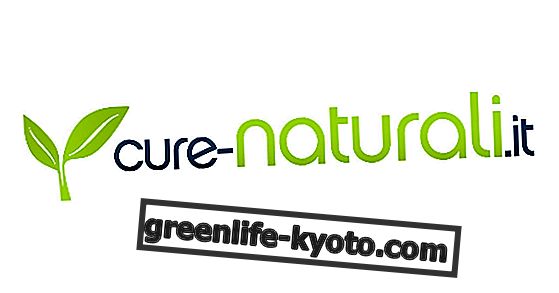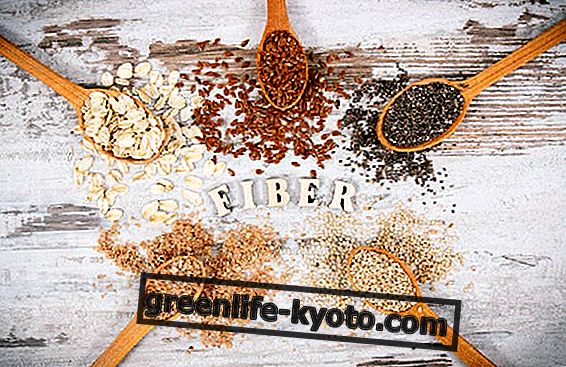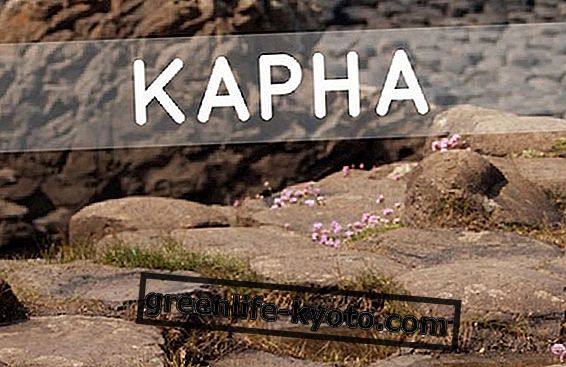
The properties of echinacea have been highlighted by clinical studies carried out since 1915, which demonstrated the mechanism of action on the immune system for the first time. Studies on the plant resumed around 1930 and have reached the present day. The echinacea purpurea was studied mainly by German researchers in the late 1980s and is currently the most sold.
Although not belonging to the Traditional Mediterranean Medicine, echinacea, being an immunostimulatory plant, has for some years found a wide use in phytotherapy; among the various uses, one is that aimed at favoring the natural organic defenses . Echinacea has antiviral and antibacterial properties, stimulates the immune system and supports the body against infectious attacks.
The plant is widespread throughout North America and has numerous species: purpurea, angustifolia, pallida, laevigata, paradoxa, tennesseensis, sanguinea, simulated, atrorubens . Of these the most active are the first two and in particular, from the most recent studies, the purpurea shows to contain the greatest percentage of cicoric acid, responsible for the immunostimulatory action .
The properties of echinacea
The great interest in the properties of echinacea derives from the ability of this plant to activate the phagocytic action of lymphocytes and reinforce the specific immune system of adults and children: regular intake allows prevention (especially in periods when the our body is subject to greater stress) and treat the symptoms of colds, of flu-like manifestations with fever, of respiratory system infections (colds, coughs) and urinary tract infections (cystitis).
The immunostimulant action is due both to the liposoluble fraction: pollen, alkylamides and essential oil, and to the water-soluble fraction: polyphenolic compounds .
Echinacea is also able to inhibit the replication of bacteria that are difficult to control, which is why it is also recognized for its antibiotic, bacteriostatic and antifungal properties . The antiviral action, of the interferon-like type, such as to hinder the penetration of the virus into healthy cells, seems to be due to the cicoric acid and caffeic acid.
For external use, echinacea is also used for the preparation of creams, ointments and skin lotions, with an immunostimulatory, protective, anti-inflammatory action, in the case of scars, ulcers, ulcers, dermatitis in general. The healing property in external use is based on the plant's ability to accelerate tissue regeneration and localize infection.
What are the side effects of echinacea?
Echinacea: plant description
Echinacea purpurea and Echinacea angustifolia - Composite
The angustifolia, which owes its name to the narrow leaves and the purpurea with the leaves from the widest page are 8-10 dm perennial herbaceous plants. with cylindrical rhizome and slightly reddish stems .
The leaves are basal and long petiolate, lanceolate covered by 3-5 ribs with rigid hairs. The inflorescences are formed in the center by tubular flowers and at the periphery by purple ligulate flowers folded downwards in the angustifolia ; more horizontal in the purple . The fruits are achenes. Both are native to North America, Mexico, Louisiana, Florida. In Italy they are cultivated for medicinal and ornamental purposes.













